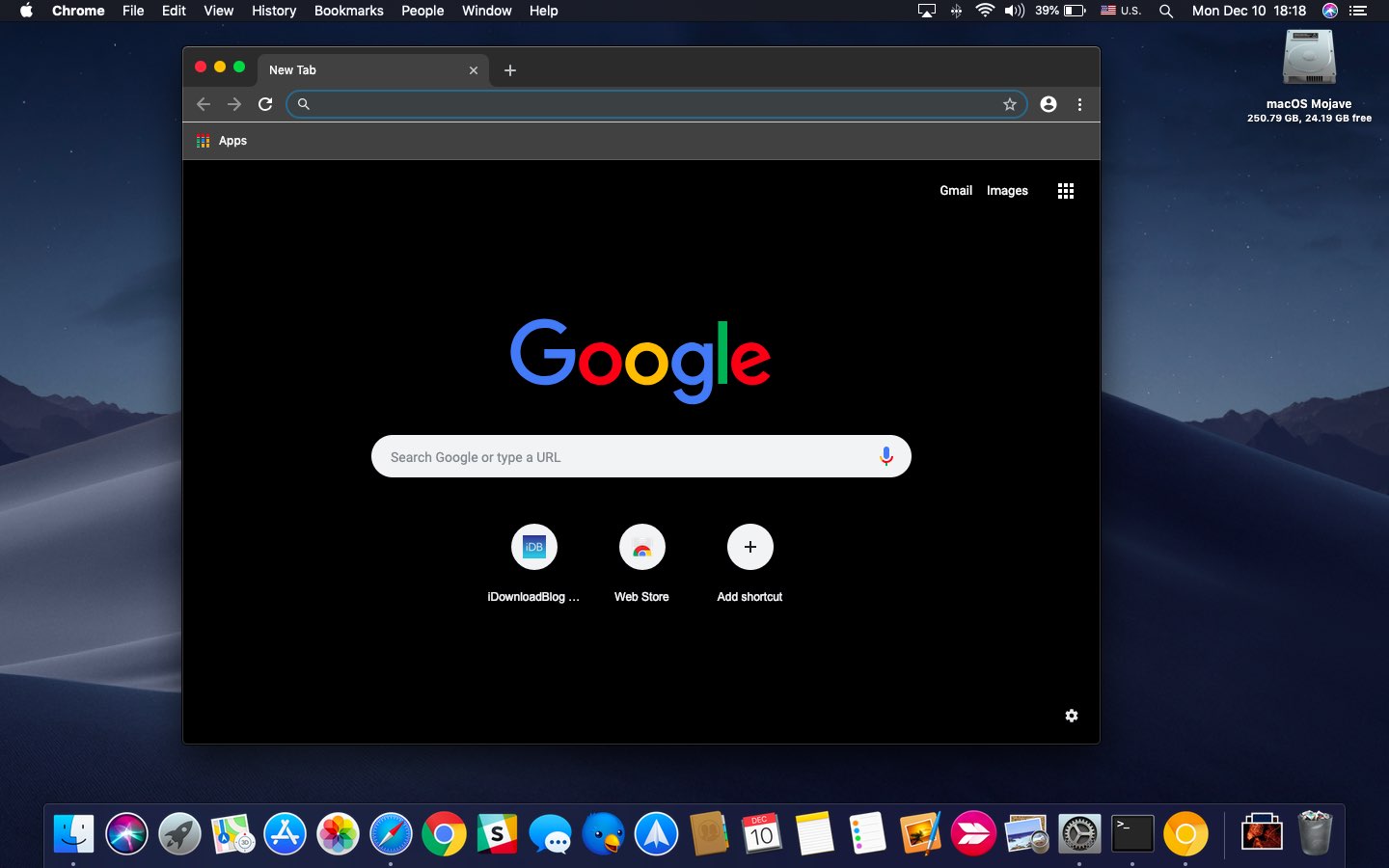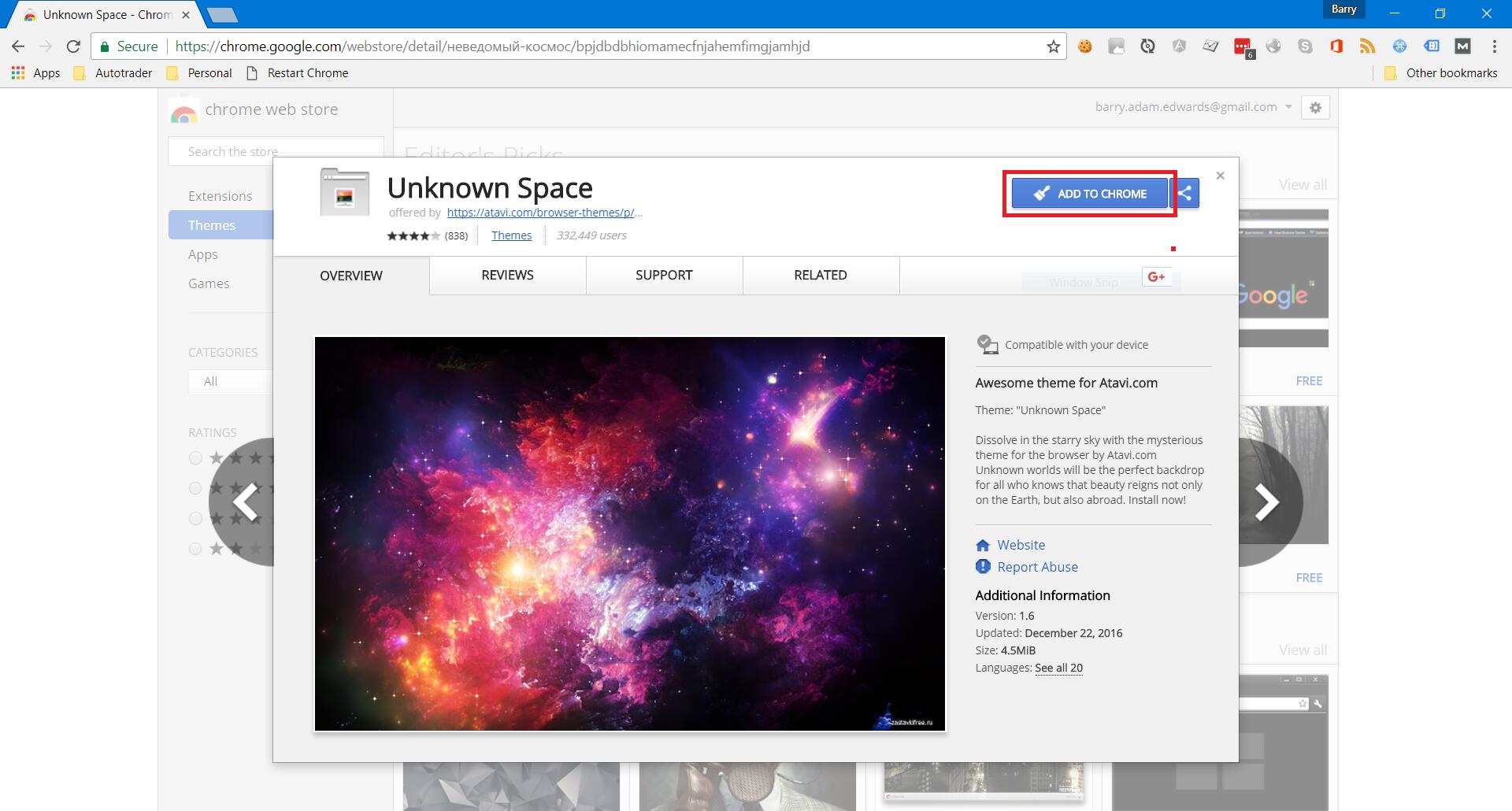

Fortunately, both major operating systems have responded by offering both light and dark modes as an operating system-level choice, with a simple toggle. I’m not alone in this: many users experience eye-strain when staring at a screen for long hours or when dealing with glare. That being said, constantly switching my themes back and forth seemed both daunting and absurd. Dark mode may be great as the sun sets, but in the morning, I need to either give up my view or embrace the light.

Suddenly, I found myself cursing my entirely dark interface. I never thought I needed sunglasses in the winter, but oh boy, the snow and ice sure can cause a glare.

Though beautiful, it soon revealed a problem: Third party apps that can automatically switchĭishonorable mentions: Third party apps that don’t have automatic switchingĪt the end of 2020, I was at my grandmother’s old house in Massachusetts and in a COVID bubble with my parents for the winter. Now, ready to prepare your system for dark/light mode auto-switching? We'll cover: Let us build you an app that can switch light and dark themes. In the last decade, I have loved watching as many different sites and applications have added their own dark themes that can be toggled on.Īt Highland, we use TailwindCSS, a utility-first CSS framework that makes it easy to implement dark and light mode styles as you build. (I’m glad I have no evidence to show you.) Today, everything on my computer is set to run in dark mode. Thinking back, the first HTML I wrote at a summer nerd camp was a jet-black website with red accents. I have been using dark backgrounds and themes for a long time. Wouldn’t it be nice if you could enable the light mode theme to auto-switch itself on your Mac, in the evening hours or whenever your eyes feel strained? That’s exactly what I’m going to show you how to do.


 0 kommentar(er)
0 kommentar(er)
